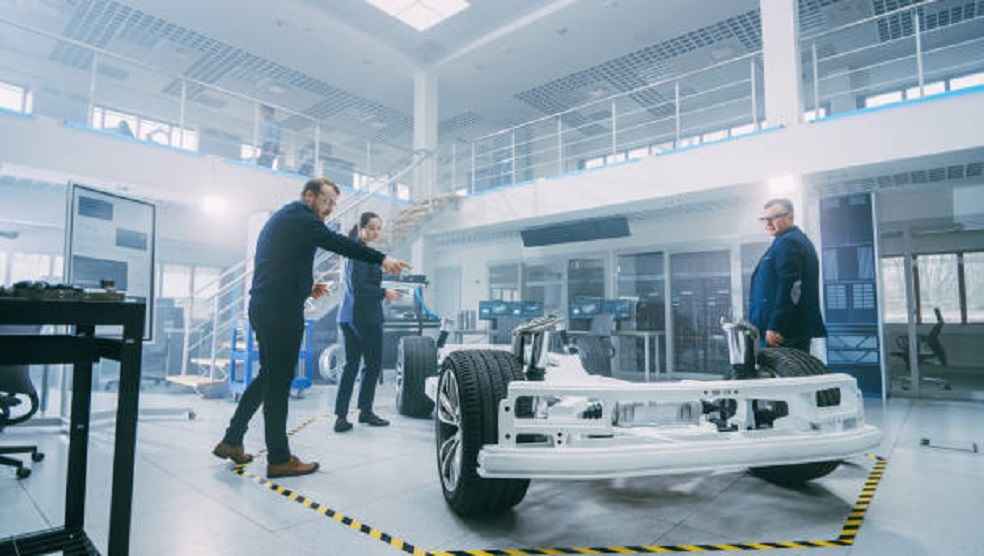The average lifespan of vehicles is increasing worldwide, significantly impacting the automotive aftermarket, according to a report by Messe Frankfurt, the organizers of Automechanika Birmingham 2025 and Automechanika Frankfurt 2026. This trend is driving demand for maintenance services and spare parts, with key industry influences including electromobility, digitalization, and sustainability.
With a market volume exceeding $430 billion (£345bn) in 2024, the automotive aftermarket remains a crucial sector, supporting both innovation and sales. Since 2021, the market has seen continuous growth, largely due to consumers holding onto their vehicles longer. Factors contributing to this shift include rising new car prices and uncertainty surrounding the transition from internal combustion engines to electric powertrains.

Thomas Vollmar, chairman of the Association of Auto Parts Trading in Germany, highlighted the cautious consumer sentiment: “A wait-and-see attitude seems to be the order of the day, exacerbated by economic challenges. However, as people depend on their cars, existing vehicles are being used for longer.”
Data from various sources indicate a steady rise in the average vehicle age in major markets. Germany’s Federal Motor Transport Authority reported that the average car age in Germany reached 10 years in 2023. Across the EU, the average age of vehicles increased from 10.6 years in 2016 to 12.3 years in 2022. Similar trends are evident in the US, where vehicle retention continues to rise.

Emerging markets such as India and China are experiencing different dynamics. In India, the average age of used cars dropped from six years in 2011 to four years in 2022, driven by improved infrastructure and a more efficient dealer network. Meanwhile, China’s expanding middle class and rising incomes are contributing to a younger vehicle fleet.
EV WORLD | Tesla Faces Rising EV Competition as Xpeng Surges in Global Market





